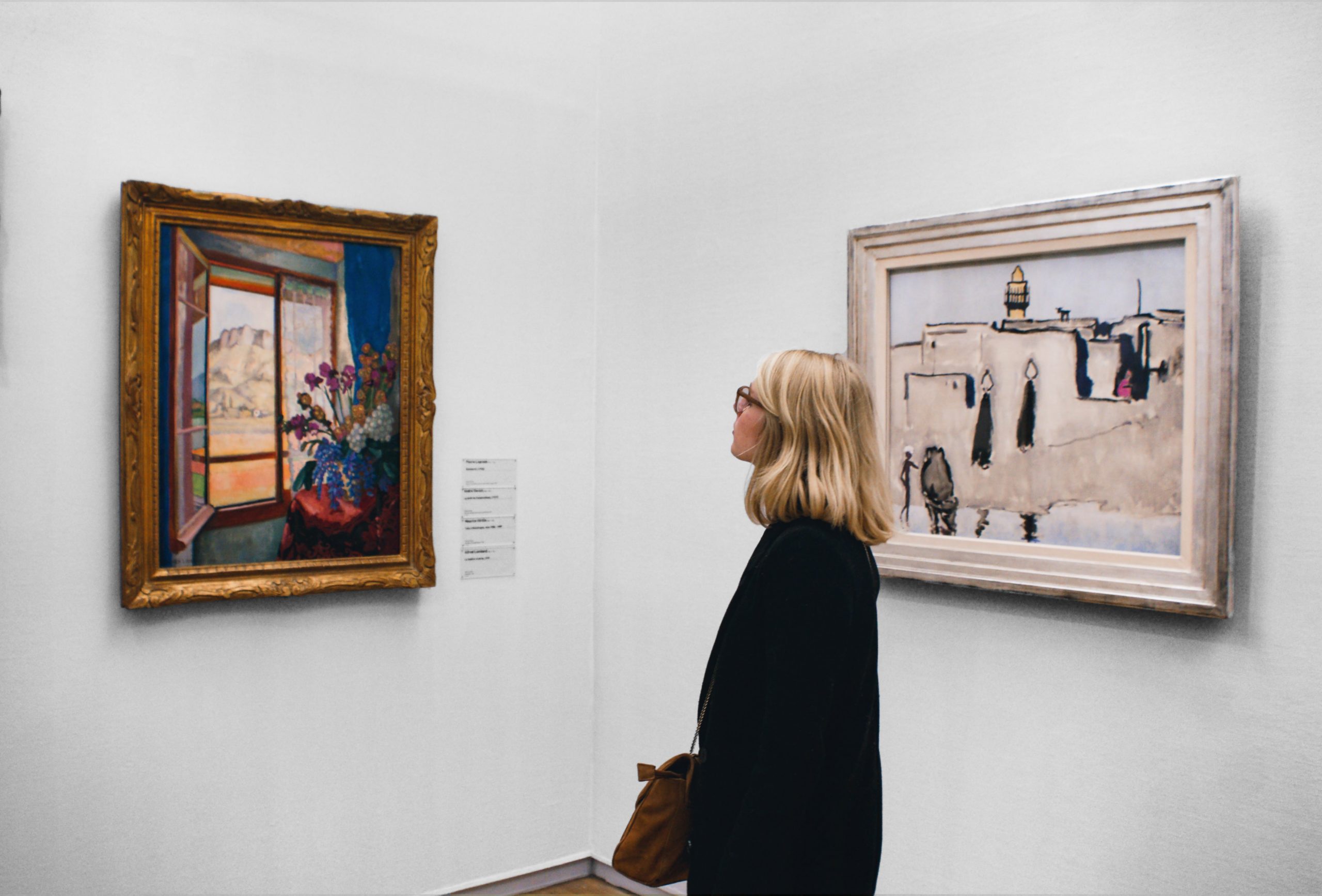It’s critical that you understand the distinction between excellent and terrible art. You don’t want to waste your hard-earned money and effort on something that isn’t as useful as you thought it was. Especially when it comes to the art that’s going to be in your house.
It might be tough to learn how to recognize high-quality artwork. Art specialists and artists will always attempt to sell their paintings to you at a greater price since they believe everything they do is of the finest quality, which isn’t always the case with certain artists or replication and reproduction businesses.
When looking for artwork, there are a handful of things to bear in mind. After all, you don’t want to spend a lot of money on something that isn’t worth it. Here are a few factors to keep in mind to help you recognize outstanding artwork.
So what is considered good?

Without getting into a fundamental philosophical discussion, there are a lot of ways to approach this question.
Technical:
The first method is likely the most common: how technically well-executed is the piece? Is that a feasible scenario? Many early or experimental works break apart fast due to poor technique. Perhaps the paint isn’t mixed properly and slips off the canvas, or the sculpture collapses due to poor construction.

Content:
Of course, no debate of aesthetic value would be complete without mentioning content. What message do you believe the artist is attempting to convey, and how effective is that message? Is it probable to have soft, pastel hues if the artist deplores war’s atrocities?
Composition:
Line, form, value, texture, and color are only a few examples. Examining how the formal aspects interact with one another is another technique to assess artwork. Is the artwork crudely put together? Are there any uncomfortable tangents where pieces barely touch each other? This is often done on purpose, much as certain songs use discord and startling contrasts to set an atmosphere or make a point. Harmonious compositions elicit a lot of beauty and pleasure in most people’s eyes, hence they are considered an artistic achievement.

Personal Opinion & Perspective
You can make a personal assessment of the artwork now that you’ve gone through this objective examination. You can confidently state whether you like it or not at this point since you can back it up. You’ve done the hard job of examining the art critically and determining whether or not it is successful.
You will be moved by good art. It is not only appealing to you, but it is also well-made. There will always be more to good art than meets the eye. It will elicit emotions, make you laugh, weep, and, most importantly, make you think.
An artist devotes a lot of time and effort to their craft. Everything they’ve utilized has a specific function. If a piece of art does not appeal to you, do not buy it. Simply follow your instincts and remember to have fun. The preceding guidelines are intended to assist you in determining what constitutes good art in general and cannot be applied to everyone.
